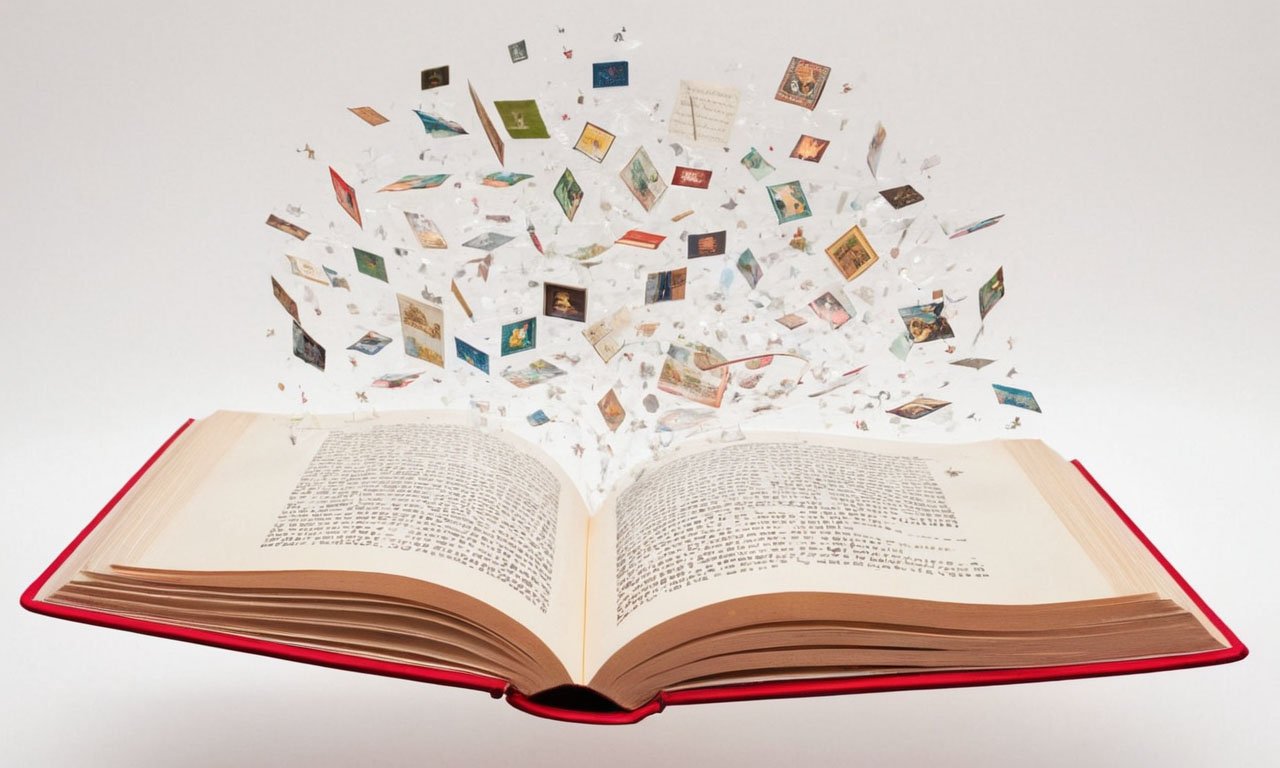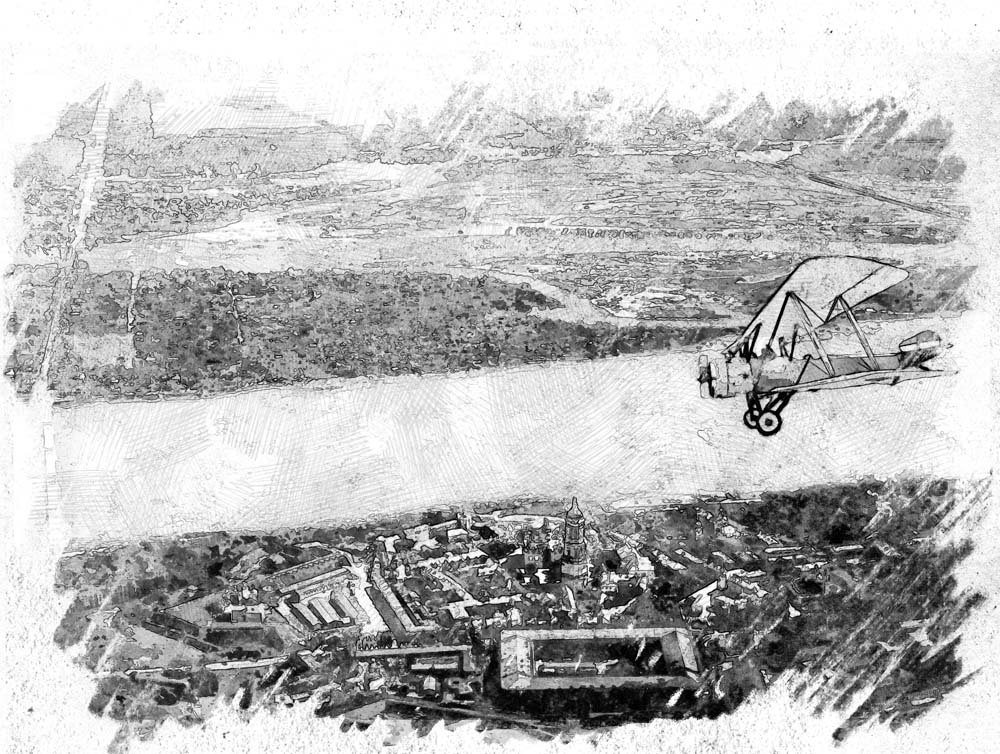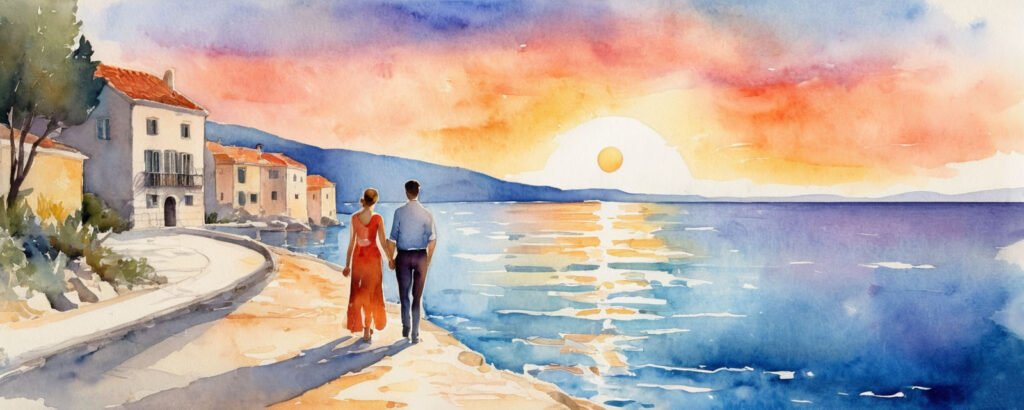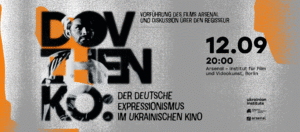
My Background as a Writer
My name is Ivan Kanivets, and I am a Ukrainian filmmaker. I started my creative journey in cinema, but over time, I found myself overflowing with ideas—far more than I could possibly film. This led me to transform some of these concepts into literature. About ten years ago, I began writing short stories, which eventually culminated in a 600-page novel.
During my film studies, we underwent specialized training on adapting literary works into screenplays. Initially, I assumed this process would be straightforward, especially when working with well-written literature. However, I quickly encountered numerous challenges. This prompted me to push myself further by writing my own short story, without adhering to screenplay conventions, and then attempting to convert it into a screenplay. My goal was to fully understand the difficulties of adaptation, gaining as much experience as possible by tackling these issues head-on.
The journey was more difficult than I anticipated. I couldn’t successfully adapt my first story into a screenplay, nor the second. In fact, it wasn’t until my fifth or sixth attempt that I produced something I felt was screenworthy. Even then, I had to discard about 80% of the original story, replacing scenes with different settings and characters to convey the same information more effectively on screen. I even had to reimagine the main character, turning him into a writer who envisions the identity of the original protagonist. This change ultimately strengthened the story’s dramatic structure.
By this point, I had a solid grasp of converting screenplays into literature, so I assumed reversing the process would be simple. While it did have its own hidden challenges, by my third attempt, I was able to successfully make the transition.
First Approach to Illustration
Between 2017 and 2021, my short stories participated in various literary contests and were published in competition collections. During that time, the need for illustrations didn't arise. At most, these publications included a cover image, often chosen from existing photos.
However, by the end of 2020, I had completed a 600-page novel titled Tsingtao-Wien-Kyiv, which undeniably needed illustrations. This historical drama, set between 1914 and 1918, follows a young protagonist caught in a conflict of identity: is he a loyal citizen of the Austro-Hungarian Empire or a Ukrainian patriot? The novel also weaves a love story set against the backdrop of a collapsing world during World War I. The primary locations of the story are Tsingtao (a German colony in China), Vienna, the capital of Austria, and Kyiv, the capital of the Ukrainian National Republic during its war for independence against Russia.
For the average Ukrainian reader, visualizing Tsingtao or Vienna in 1914-1915 could be difficult, making illustrations essential to accurately represent the settings in which the protagonist lived.

While searching for a publisher, I realized that most were not interested in including illustrations. When I suggested adding them, I was often met with a simple question: "Why?"
As a newcomer to the publishing industry, I thought the answer was obvious, but I quickly realized I was the only one who knew the value of these illustrations. Even in cases where publishers agreed to consider illustrations, I discovered that I would have no control over the final result. This initially struck me as strange, until I began exploring alternative approaches…
Second Way: A Professional Illustrator
As a filmmaker, I always had vivid images in mind for everything I wrote, especially for Tsingtao-Wien-Kyiv, which is based on the best screenplay I ever created. Originally, the screenplay was only 120 pages long, but during the conversion into a novel, I greatly expanded it.
When I didn’t receive any favorable feedback from publishers about illustrations, and realizing that time was slipping by, I decided to look for a professional illustrator. I considered both Ukrainian and foreign illustrators but ultimately chose to approach Ukrainian artists. Since the novel deals deeply with national identity, I thought someone familiar with the culture and history would better capture the essence of the story.
However, my discussions with several artists didn’t go as I had hoped. First, they weren’t willing to read the 600-page manuscript. They asked me to provide a list of the illustrations I wanted, which, while giving me more control over the process, took away part of the creative freedom that I believe an illustrator should have. They know what they can draw best, what will evoke emotion, and how to make the visuals more captivating. Nevertheless, I went ahead and created a list of 52 illustrations.
This led to the second problem. They wanted me to describe every detail of each illustration—the angle, clothing, architectural elements, facial expressions, hairstyles, and more. While I’m capable of doing this as a filmmaker, I felt that it eliminated the artistic creativity of the illustrator. Finally, they asked me to provide reference images and photos for every element of each illustration. At that point, I decided to stop the negotiations. Maybe not all illustrators work this way, but I didn’t want to spend more time on this approach.
Third Way: Creating My Own Illustrations
As the character Zorg famously said: "If you want something done, do it yourself." I knew exactly how each scene in my novel should look, the only problem was—I couldn’t draw. Fortunately, we live in the 21st century, and I just needed to find a technical solution.
After some experimentation, I developed a method. I styled my illustrations to look like pencil sketches, combining scanning, printing, and actual pencil work. Creating the cover, which needed to be in color, was more challenging, but I used a different style for that. I’ll write a detailed article about that technique later.

By March 2021, I found a reliable publishing company and had about two months to complete all the illustrations I wanted. Each illustration took me about 2-3 days, and I was only able to complete half of the 52 illustrations I had planned. Later that year, I published a promotional calendar for the novel, creating three additional illustrations that didn’t appear in the book.
Fourth Way: Using AI
Of course, I considered using AI for illustrations, but my first experience wasn’t great. I revisited the idea in 2024, using AI to assist with Tsingtao-Wien-Kyiv and my first English-language book, Ukrainian Stories of Life and Fight. For the novel, I created an AI-colored teaser, which was based on my original black-and-white teaser with handmade illustrations. However, I wasn’t entirely satisfied with the results. AI still has limitations—you can’t always achieve the exact look you envision. For instance, in the AI teaser, I couldn’t get the main female character to appear the way I wanted.
For each of the two volumes of Ukrainian Stories of Life and Fight, I created about 50 illustrations. It was a demanding process, and I plan to write about it in more detail in future articles. AI can be a viable solution, but it requires careful planning and a thorough understanding of its strengths and weaknesses.

Another factor to consider is cost. Illustrators had quoted me $100 per illustration for Tsingtao-Wien-Kyiv. In contrast, I created my illustrations for free, if you don’t count the time spent. AI tools usually have a monthly fee of $25 to $100, making them a more affordable option in many cases.
Conclusion
Illustrating a novel can be a complex and multi-layered process. Whether you choose to work with a professional illustrator, create your own artwork, or utilize AI, each approach comes with its own set of challenges and opportunities. What’s important is finding the method that best aligns with your vision, budget, and creative goals.



3 thoughts on “4 способи проілюструвати нову книгу для початківців”